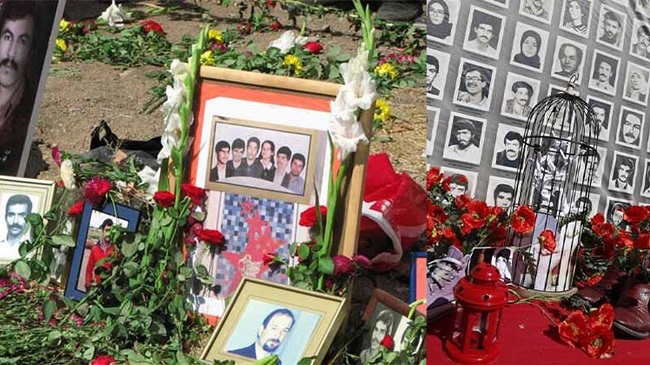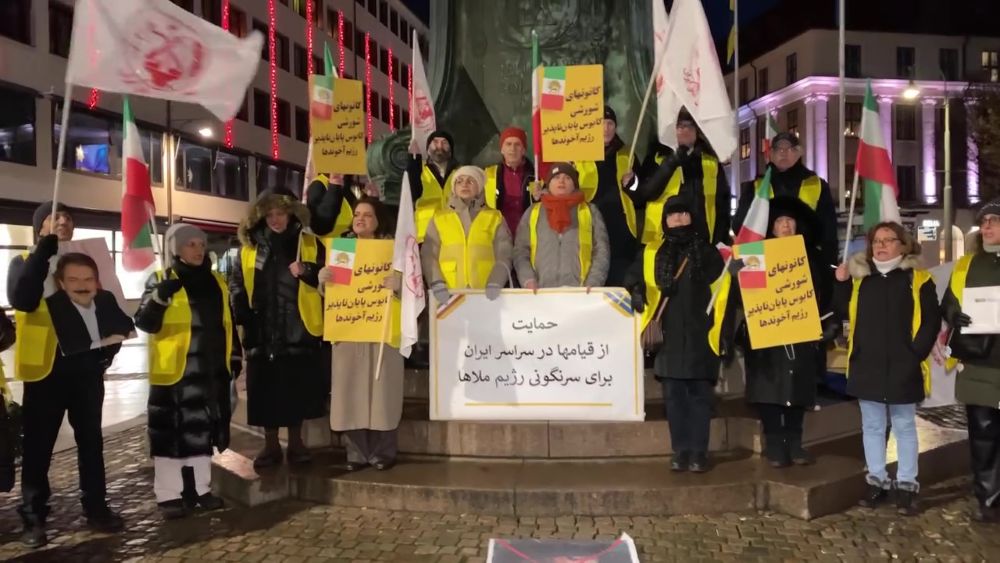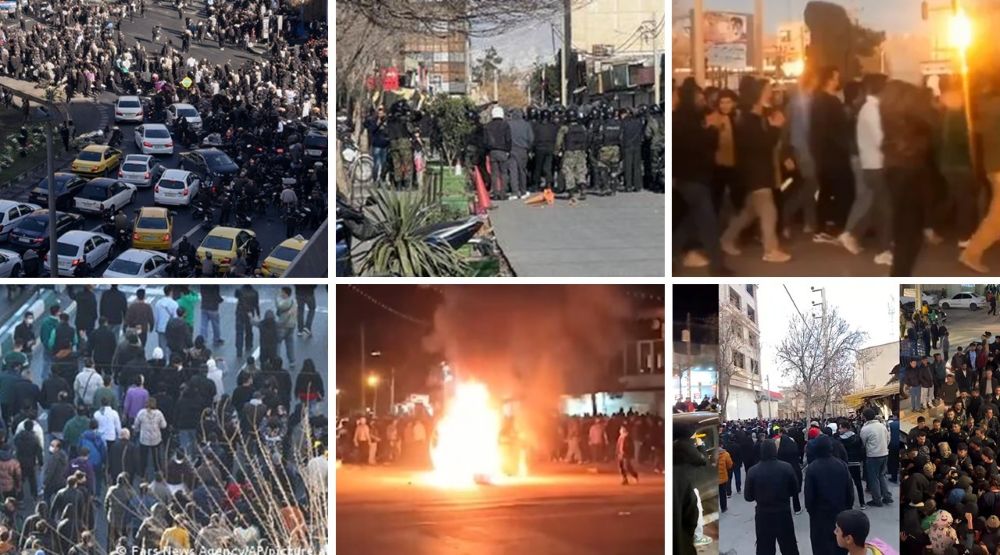In light of the current crises that Iran is facing, the Iran Human Rights Monitor (Iran HRM) recently discussed the Iranian regime’s history of brutally cracking down on its opponents and anyone who tries to undermine their rule.
The targets of the regime’s crackdown on societal unrest have always focused on members of the People’s Mojahedin Organization of Iran (PMOI/MEK), along with ethnic groups, religious minorities and dissident intellectuals and students. The regime has been known to use executions, torture and enforced disappearances against their opponents over the years.
Iran HRM said, “With the brutal suppression of the last demonstrations in Tehran and other cities which peacefully demanded freedom on June 20, 1981, the regime’s crackdown took a sharp turn and climaxed during the 1988 massacre of 30,000 political prisoners.”
We call on the int community to end 3 decades of impunity for the #Iran regime’s leaders in #Iran & launch an international mission to investigate the #1988massacre #EnforcedDisappearances@UNHumanRights @WGEID https://t.co/5ck81t9YZi
— IRAN HRM (@IranHrm) August 30, 2021
In the summer of 1988, mass executions took place in prisons across Iran, notably Evin prison in Tehran and Gohardasht prison in Karaj. Tens of thousands of political prisoners, mostly members of the MEK, were among the victims of the enforced disappearances in Iran, and subsequently executed during the massacre.
Iran HRM said, “Another important incident taking place outside the prisons but parallel to the massacres inside was the widespread enforced disappearances of former prisoners or supporters of the PMOI/MEK and their subsequent executions.”
Victims were hanged within minutes of being sentenced to death by the regime’s ‘death commissions’, or killed by firing squads. Due to the amount and rate of people being executed, mass graves were dug to bury the victims.
Iran HRM said, “It is estimated that there are more than 120 mass graves across Iran that contain the remains of the victims of the 1988 enforced disappearances in Iran and killings. Many relatives of the massacred victims were never told about the killings or where their loved ones had been buried.”
No death certificates were ever issued for the victims. Desperate families enquiring about the fate of their loved ones hit walls of silence about the location of the graves and were instead ordered to never mourn in public. All the families received were plastic bags of a few of their relatives’ possessions months later.
Since 1988, the Iranian regime has taken measures across Iran to eliminate any trace of the mass graves where the victims of the massacre were buried. Many have been built over with new buildings and roads, while others have been bulldozed and turned into new cemeteries.
Iran HRM said, “None of the regime officials have ever been prosecuted for their involvement in the massacre, and many of those involved are holding high positions of power within the government.”

It has been three decades since the horrors of the summer of 1988 and to this day, the families of the victims still do not know of the fate or whereabouts of their loved ones who were victim to the enforced disappearances and the executions. Those who have tried to inquire about what happened to their relatives have legally been unable to do so.
As a result, while many of the perpetrators of this ultimate crime against humanity are currently holding senior government posts, it is seemingly impossible for the family members of the victims to achieve justice.
Iran HRM said, “Family members who dare to seek the truth and justice have faced relentless harassment, intimidation, arbitrary arrest and detention, as well as torture and other ill-treatment.”



